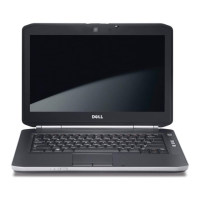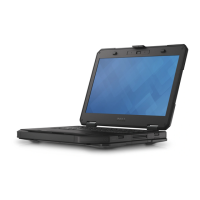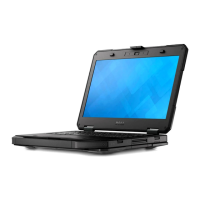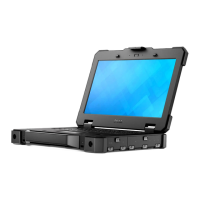Power
• Ultra Low Power at cable disconnect (<1 mW) enables platform support for connected standby
• Reduced power consumption during normal operation and power down modes
• Integrated Intel Auto Connect Battery Saver (ACBS)
• Single-pin LAN disable for easier BIOS implementation
• Fully integrated Switching Voltage Regulator (iSVR)
• Low Power LinkUp(LPLU)
MAC/PHY Interconnect
• PCIe-based interface for active state operation (S0 state)
• SMBus-based interface for host and management traffic (Sx low power state)
Package/Design
• 48-pin package, 6x6mm with a 0.4 mm lead pitch and an Exposed Pad for ground
• Three configurable LED outputs
• Integrated MDI interface termination resistors to reduce BOM costs
• Reduced BOM cost by sharing SPI flash with PCH
HDMI 2.0
This topic explains the HDMI 2.0 and its features along with the advantages.
HDMI (High-Definition Multimedia Interface) is an industry-supported, uncompressed, all-digital audio/video interface. HDMI provides an
interface between any compatible digital audio/video source, such as a DVD player, or A/V receiver and a compatible digital audio and/or
video monitor, such as a digital TV (DTV). The intended applications for HDMI TVs, and DVD players. The primary advantage is cable
reduction and content protection provisions. HDMI supports standard, enhanced, or high-definition video, plus multichannel digital audio
on a single cable.
HDMI 2.0 Features
• HDMI Ethernet Channel - Adds high-speed networking to an HDMI link, allowing users to take full advantage of their IP-enabled
devices without a separate Ethernet cable
40
Technology and components

